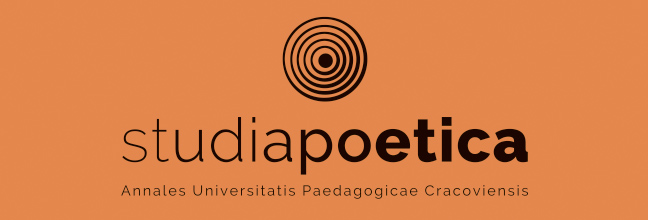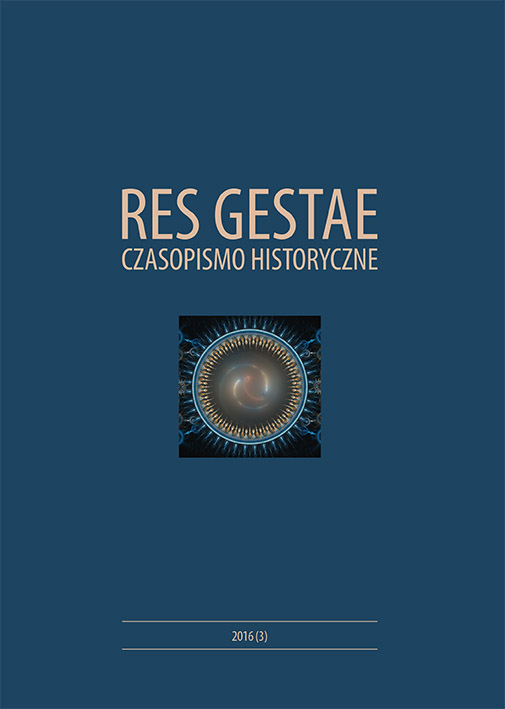„Jesień Narodów” – rozpad bloku komunistycznego w Europie Środkowo-Wschodniej w szkolnej edukacji historycznej we współczesnej Polsce
Main Article Content
Abstrakt
As an aftermath of the World War II, a new territorial and political division of the world took place. It was in Yalta (4-11.02.1945) where the decisions were made, which were to hand the nations of Middle and Eastern Europe over to the overwhelming inuence of the Soviet Union for over 40 years. The Yalta order which was settled then, opened a way for the creation of the communist bloc in this part of Europe. This state of affairs was in place until the turn of 1980s and 1990s. It was then when the systemic transformation in the countries of the so-called “Eastern Bloc” took place, when the communist parties were removed from power, the changes in the political systems of those countries took place, and the socio-economic reforms were made. Twenty-ve years have passed since these events, the “Autumn of Nations” is slowly becoming a historical fact, which is denitely bringing attention of many historians. The historians’ research state is nding its reection in the schoolbooks, and the message included in them is an information source for the young generation. This is why this article includes a detailed analysis of the way of describing the events connected with the fall of the communist bloc in Middle-Eastern Europe. The research aim of the article was the range and way of presenting the events in Europe during the “Autumn of Nations”.
Article Details
Jak cytować
Maresz, T. (2017). „Jesień Narodów” – rozpad bloku komunistycznego w Europie Środkowo-Wschodniej w szkolnej edukacji historycznej we współczesnej Polsce. Res Gestae, 3, 252–272. https://doi.org/10.24917/24504475.3.10
Numer
Dział
Artykuły
|

